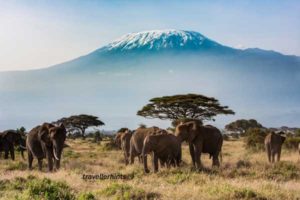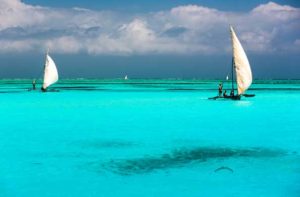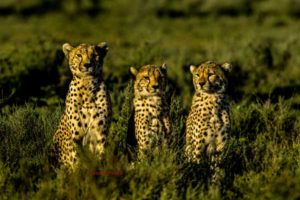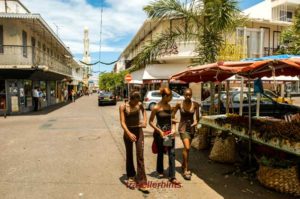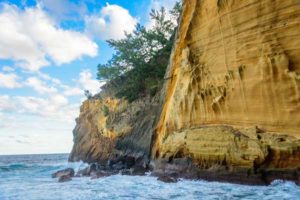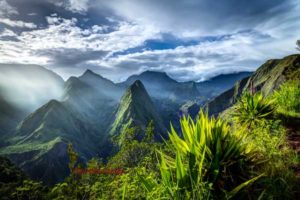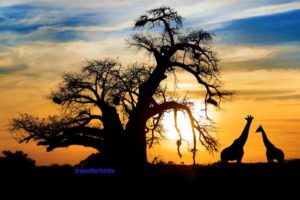The third largest continent and the second most populous one with more than 1.1 billion people – that is Africa. A raw a colourful place. The African continent covers of about 6 % of the total surface of the Earth and it is a home for more than 15 % population.
Africa is bordered by many waters, starting with Mediterranean Sea on the north, Red Sea and the Indian Ocean on the east and the Atlantic Ocean on the west.
The total area of the continent covers more than 30.3 million square kilometres and that also includes the island of Madagascar and several archipelagos.
Together, Africa as a continents contains 54 countries (sovereign states) from which all except Morocco are member of the African Union, nine territories and two states having limited recognition (Somaliland and Sahrawi Arab Democratic Republic).
The African countries are namely, in the alphabetical order: Algeria, Angola, Benin, Botswana, Burkina Faso, Burundi, Cameroon, Cape Verde, Central African Republic, Chad, Comoros, Democratic Republic of the Congo, Republic of the Congo, Djibouti, Egypt, Equatorial Guinea, Eritrea, Ethiopia, Gabon, Gambia, Ghana, Guinea, Guinea-Bissau, Ivory Coast, Kenya, Lesotho, Liberia, Libya, Madagascar, Malawi, Mali, Mauritania, Mauritius, Morocco, Mozambique, Namibia, Niger, Nigeria, Rwanda, Sao Tome and Principe, Senegal, Seychelles, Sierra Leone, Somalia, South Africa, South Sudan, Sudan, Swaziland, Tanzania, Tunisia, Uganda, Zambia and Zimbabwe.
Demography-wise, Africa has one of the youngest population in the world with extremely young median age of 19.7. Out of 1.1 billion people, Nigeria is the most populous country. In general, Africa is known to be the place of human origin as the great apes’ evidence was found in the Eastern African region (dated about 7 million years ago).
Thanks to the location and large area (including the equator), Africa covers many climate areas, stretching from the temperate or even subarctic in the north and very south, to tropical. The surface varies from desert and arid, to savanna plains and even rainforests in the mid-section.
Both fauna and flora of African continent has a great diversity, including some typical animals from savannah such as giraffes, elephants, lions or zebras or jungle animals including primates, snakes as well as animals from the aquatic world such as crocodiles. The continent has around 3 thousands protected areas and 50 biosphere reserves.
African history is tangled by European colonisation (most of the continent was colonised in late 19th century), which resulted in high diversity in ethnicity, as well as cultures and languages.
 TravellerHints!
TravellerHints! 



